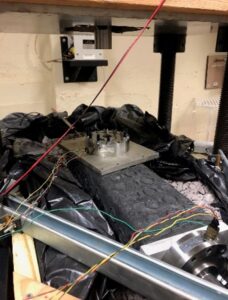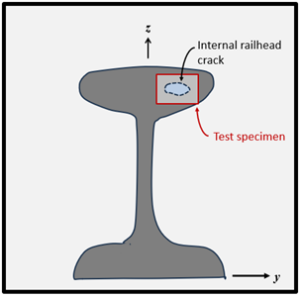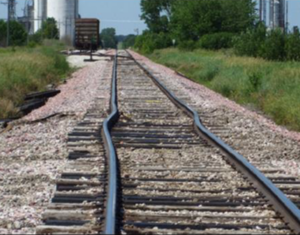It is well-known that aging track structure is one commonplace causal factor in train derailments. Furthermore, track buckling is observed to be more likely in older tracks. As described in our companion proposal, we are developing a computational track buckling model for deployment by U.S. Railroad Companies as a tool for predicting track buckling. Over…

Texas A&M Transportation Institute
3135 TAMU
College Station, TX 77843-3135
(979) 317-2000




